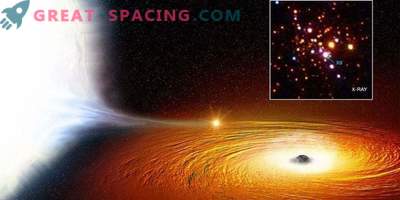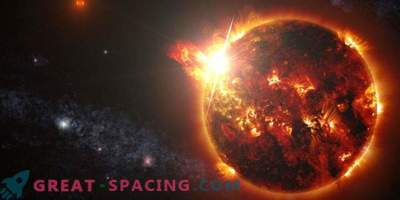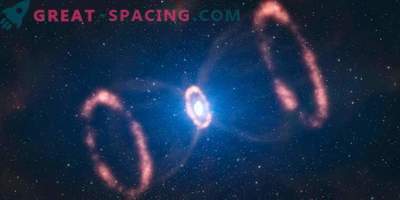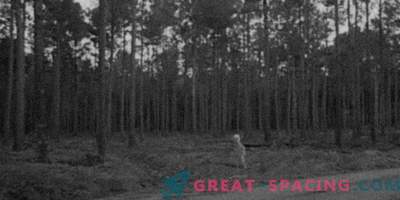found in Gaia DR2

Astronomers found the first white dwarf contaminated with metal in the second release of Gaia data. The discovered star was named GaiaJ1738−0826. The release of DR2 data published on April 25 provides highly accurate measurements, including locations in the sky, parallaxes and correct movements for more than 1 billion sources in our galaxy. The release contains information collected from 2014 to 2016.
Now scientists at the University of California San Diego have made spectroscopic observations of a single white dwarf. For this, a KAST spectrometer mounted on a three-dimensional telescope in the Lick Observatory was used. It turned out that the star has a strong absorption line of ionized calcium.
This is the first single white dwarf with metallic contamination identified through Gaia DR2. A survey shows that the star reaches 0.012 solar radius, and by mass - 0.6 solar. The effective temperature rises to 7050 K, the luminosity is 3.3% of solar, and the estimated cooling time is 1.7 billion years.
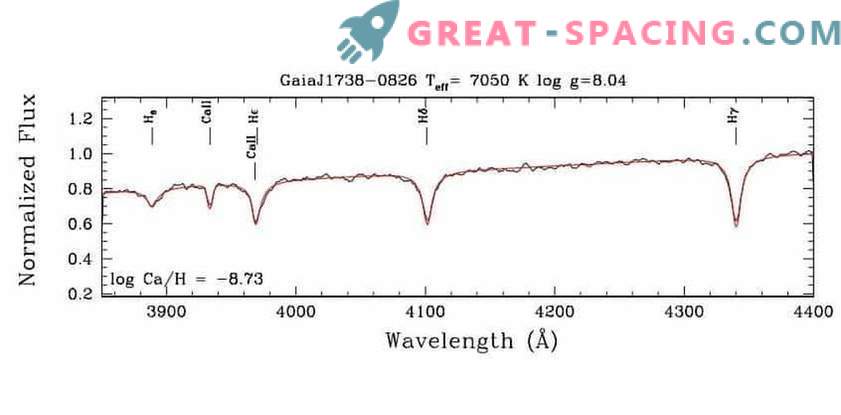
KAST spectra of GaiaJ1738−0826 (black curve) next to the model with superimposed parameters (red line)
It is also estimated that the calcium accretion rate in the steady state GaiaJ1738-0826 is approximately 2600 kg / s. It turns out that calcium takes 1.6% of the total accretion rate of heavy elements in a white dwarf. It was also noted that such a speed may indicate the presence of a circumstellar accretion disk. But archival data have not yet confirmed the assumption.
The analysis shows that GaiaJ1738-0826 resembles the first confirmed white DAZ-type dwarf (displays absorption functions from heavier elements). They converge in size, luminosity, effective temperature and cooling time. Contaminated white dwarfs provide an opportunity to understand the fate of planetary systems and determine the composition of solid material in them.





